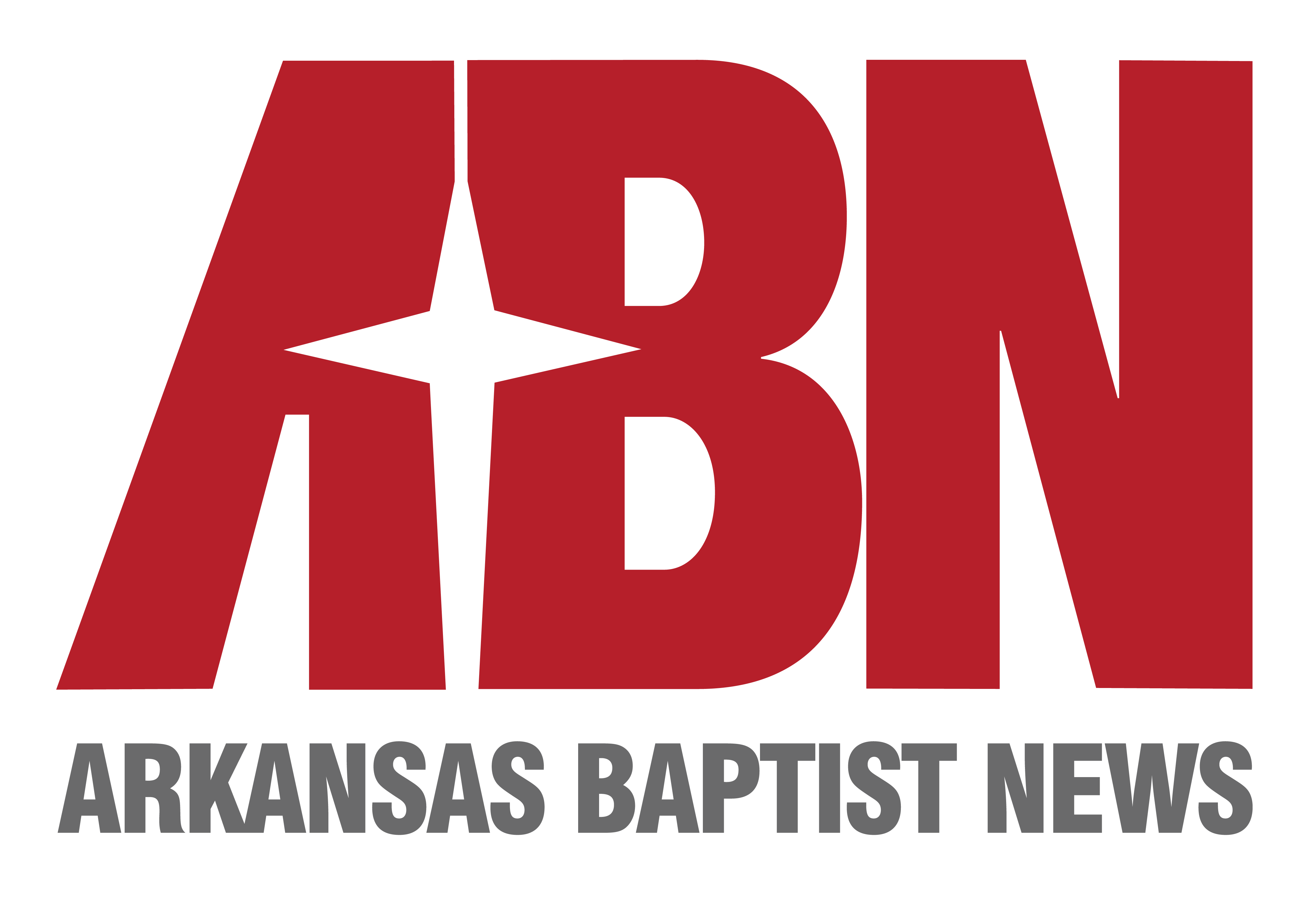MADISON, Tenn. — Sergio Arce knocks on the door of a home close to the church he pastors. Arce isn’t expected and doesn’t know if anyone is home. This is a cold-call visit.
As a man walks to the door, Arce and the two church members with him take a few steps back to ensure social distancing. The trio wear masks because of the pandemic and carry Evangecubes, a small, visual tool for sharing the Gospel.
“Hi, my name is Sergio. This is Jennifer. This is Jermaine,” Arce says as the door opens. “We’re from Madison First Baptist Church and are out seeing how we can be praying for our community. Is there anything we can be praying for you about?”
The man is quick to answer.
“They found my brother’s body last Friday,” he says, recounting a recent storm that caused his brother to be swept away by the current of the nearby Cumberland River.
As the conversation continues, the three church members are able to pray and share the Gospel with their new acquaintance. He believes, repents and makes a decision for Christ on his doorstep.
“This is why we do it,” Arce said.
Seeking new faces
Churches around the country are wrestling with the issue of how to re-engage regular churchgoers whose attendance has trailed off during the pandemic. In September, LifeWay Research found most pastors said their congregation had less than 70 percent of its pre-COVID crowds.
But while a focus on re-engagement with former attenders is needed, Arce and other church leaders believe it’s just as important to be strategic about reaching new faces in the community.
“If there’s ever been a time when people are struggling, it’s now,” he said. “As we do neighborhood outreach, people are telling us God has been trying to get their attention, trying to tell them something.”
Arce believes a pandemic shouldn’t put a pause on outreach. Instead, he insists, it should serve as a catalyst to meet people in responsible ways in times of need.
“There are always going to be more needs than any one church can possibly address, but each church has exactly who they need right now to do what God wants them to do,” said Arce, whose church has around 50 members, many of whom are senior citizens. “Getting into the community allows us to understand what the local needs are and how the Lord can use those needs as a bridge to connect people to the Gospel.”
Arce’s church is a replant that has made community engagement a priority — doing door-to-door visits every Sunday afternoon, serving local apartment residents every Wednesday, and hosting a targeted outreach event each month. In October, the church hosted a trunk-or-treat event in its parking lot. In November, they’re preparing to bless local first responders. The church plans a Christmas-themed outreach event in December.
“Putting up a welcome banner outside the church isn’t enough,” Arce said. “It’s not about ‘y’all come.’ We have to get out and meet people.”
Outreach and church planting during a pandemic
More than 400 miles away, church planting resident Josh Elliff collects pop-up tents from different neighborhoods around The Summit Church in Little Rock, Ark.
The week prior, the church had encouraged members to to leverage Halloween for the Gospel by engaging their neighbors who would be out and about with kids. After conducting “3 Circles” evangelism training, the church provided interested church members with tents, folding tables, yard games, prizes and bottled water. They also supplied bags branded with the words, “We’re glad you’re our neighbor,” and stuffed with hand sanitizer, invite cards, king-size candy bars and Bibles from LifeWay Christian Resources.
“The idea with the games and tents was to slow families down enough that kids could play and parents could talk to one another,” said Elliff, a fourth-generation pastor. “The hope was not just to bless people with candy, but to let them know their neighbors are believers who care about them.”
The Summit Church aims to do an intentional outreach project like this at least quarterly, but Elliff says local engagement is an everyday practice they want to train their people for – even amid a pandemic.
“What daily life rhythms can we leverage for the Gospel?” Elliff asks. “While we want to equip our people with opportunities for organized outreach, we also want to equip them to be locally engaged in reaching their neighbors every day.”
Elliff said the pandemic hasn’t slowed down his plans to plant a church. He’s considering planting in the North Denver community in Colorado and recently made a trip to survey the area. He hopes to launch the church next year.
“In some ways, the pandemic has made me more excited to plant because people are looking for connection and hope now more than ever,” he said. “A lot of people are aching for real authenticity. I’m excited to see how that’s fleshed out in the church in the coming year.”
Outreach tips in an overwhelming season
Although only 2 percent of churches say they’ve had to cut an outreach ministry due to COVID, many pastors report pandemic-related difficulties including personal exhaustion and concern about the safety and well-being of members. This has made evangelism harder to prioritize in the church.
While familiar with the challenges, Arce and Elliff offer the following tips to encourage church leaders who long to participate in fulfilling the Great Commission through local outreach.
- Start with prayer and only do God-initiated projects.
“It sounds simple, but the larger the church, the easier it is to do a lot of stuff that’s not God-initiated,” Elliff said. “If we’re not personally pursuing the Lord to seek His leading, then we’ll have nothing to give anyone.”
Likewise, before Arce’s church began doing door-to-door outreach, he took members through a 40-day prayer emphasis keying in on themes from the Bible study “Return to Me” by Claude King.
“Working with the Tennessee Baptist Convention, we assigned every family with 15 addresses in the local radius of our church,” said Arce. “Our families began regularly praying for the people at these addresses before we ever engaged them in person.”
- Identify how your church and community are unique and recognize that your church doesn’t have to reach everyone.
“The Lord has called and equipped you to where you are for a reason and has brought the people in your church around you for a reason,” Elliff said. “Recognize that every church has its own DNA and its own passions.
“You don’t have to be a huge church with a lot of resources. You can be a church of 50 with people who like to sew and knit and meet the needs of the sewing and knitting community where you are. Or your church can connect with unchurched people who have a passion for board games in your community. Focus on whatever is unique to where you are.”
- Be consistent and don’t make assumptions.
“You can’t just do outreach once or twice and say, ‘Well, that didn’t work,’” Arce said. “You’ve got to keep it up. It takes a while to say hello to a community. Also, don’t make the assumption that outreach is sidelined because a pandemic is going on and that people won’t want to engage with you. People will open their door if you knock on it.”
- Join in where Christ is already working.
“Often in church culture we try to build stuff and invite people to come to us,” Elliff said. “But what’s usually more effective is joining in where the Lord is already working and where He’s opening doors. Find a school. Find a community project. Get involved with your local government, sports and civic clubs.
“You don’t have to build a new outreach ministry. Find out what’s already happening around you and get involved.”
This article was originally published by Baptist Press at baptistpress.com


